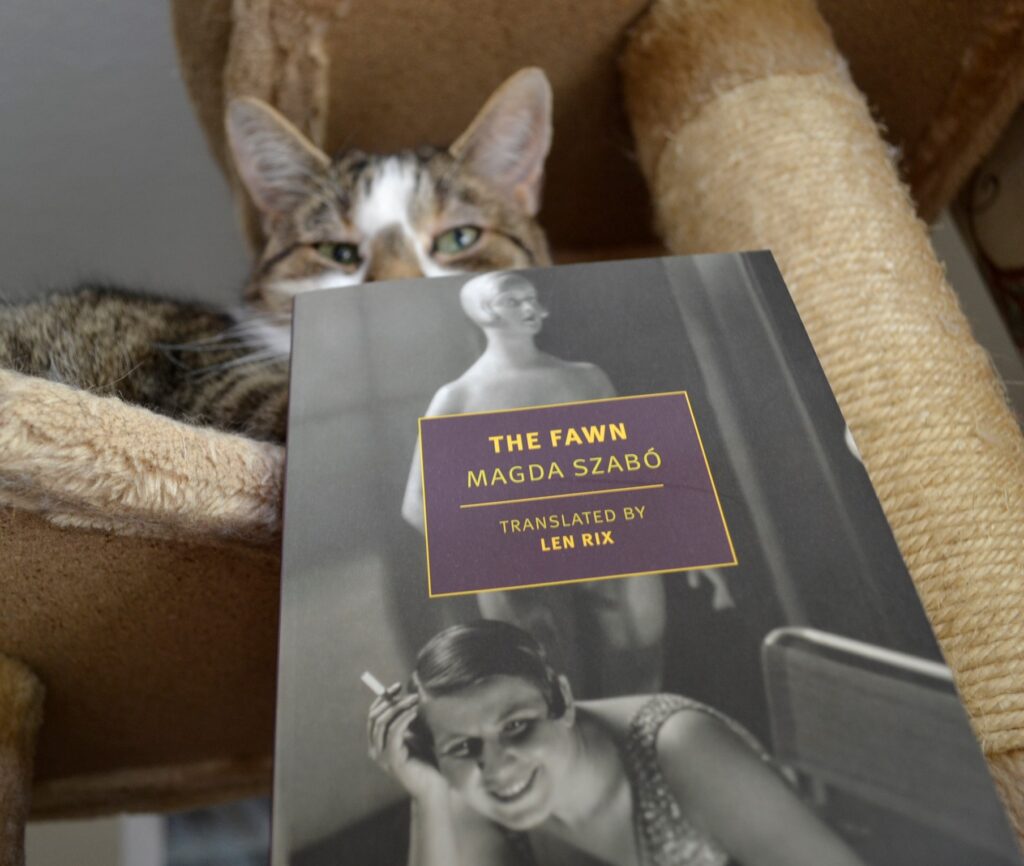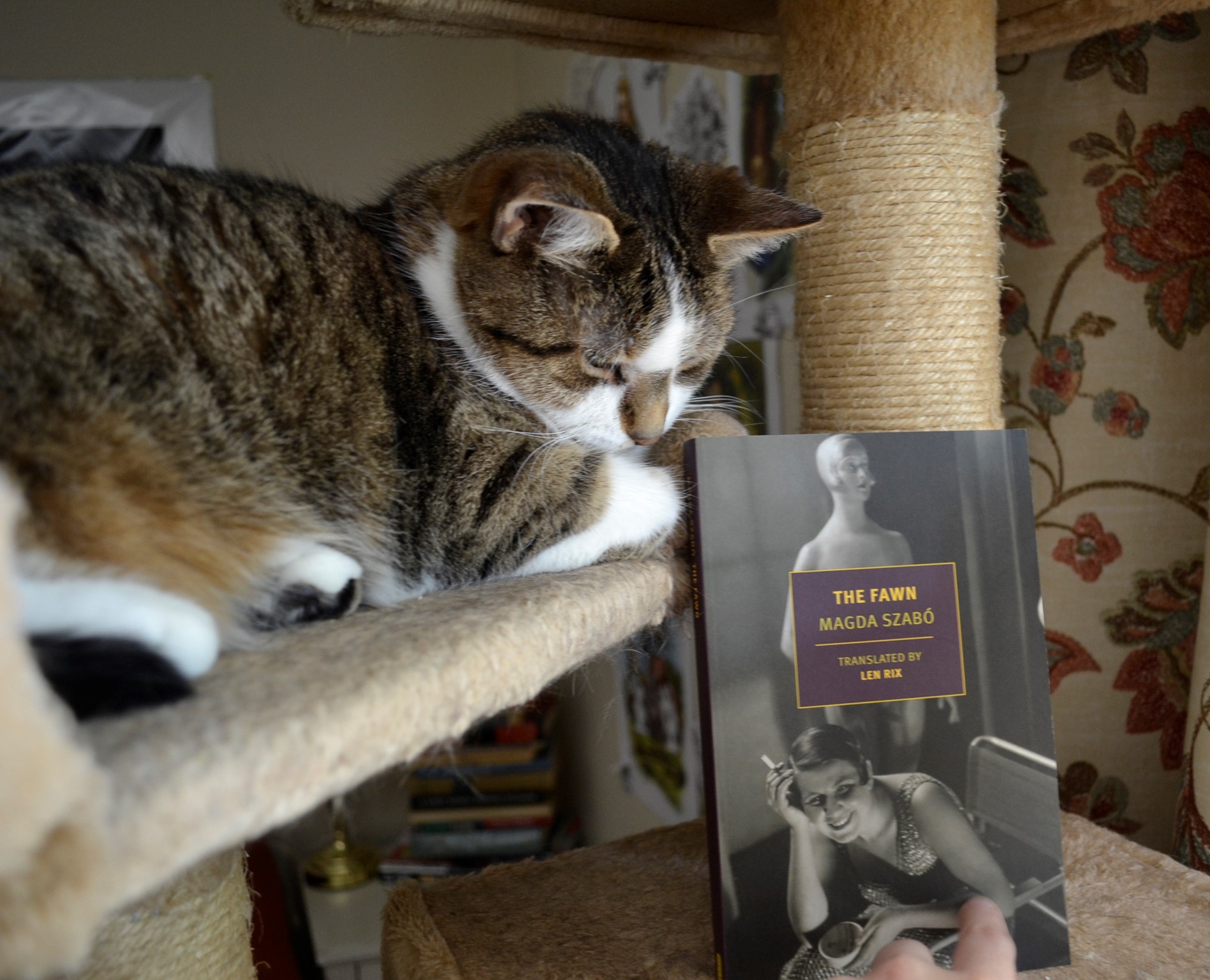Descent of the Starlings
When spring rolls around I always have plenty of starlings at the birdfeeder, making noise and messes and pigging out on the remains of the suet that I intended for the blue jays and cardinals to eat. And every year I think that the starlings are simply at their messiest and loudest in early May.
Then June rolls around.
That’s when the starlings start bringing their young to the feeder and, wow, things get louder and even messier, and I don’t even care because the noises are coming from the fluffiest little birds begging their parents for food. However, I can admit that sometimes I miss mornings when the soothing piano music wasn’t interrupted by all the squawking barks of hungry, ugly-sounding birds at regular intervals.
I used to worry that starlings would somehow get into and colonize our attic and we’d never know. Now I do not worry. Because now I know that a starling is incapable of being silent or sneaky. I also know that they much prefer the telephone poles in our neighbourhood — though I’m still not sure how so many manage to squeeze into one pole.
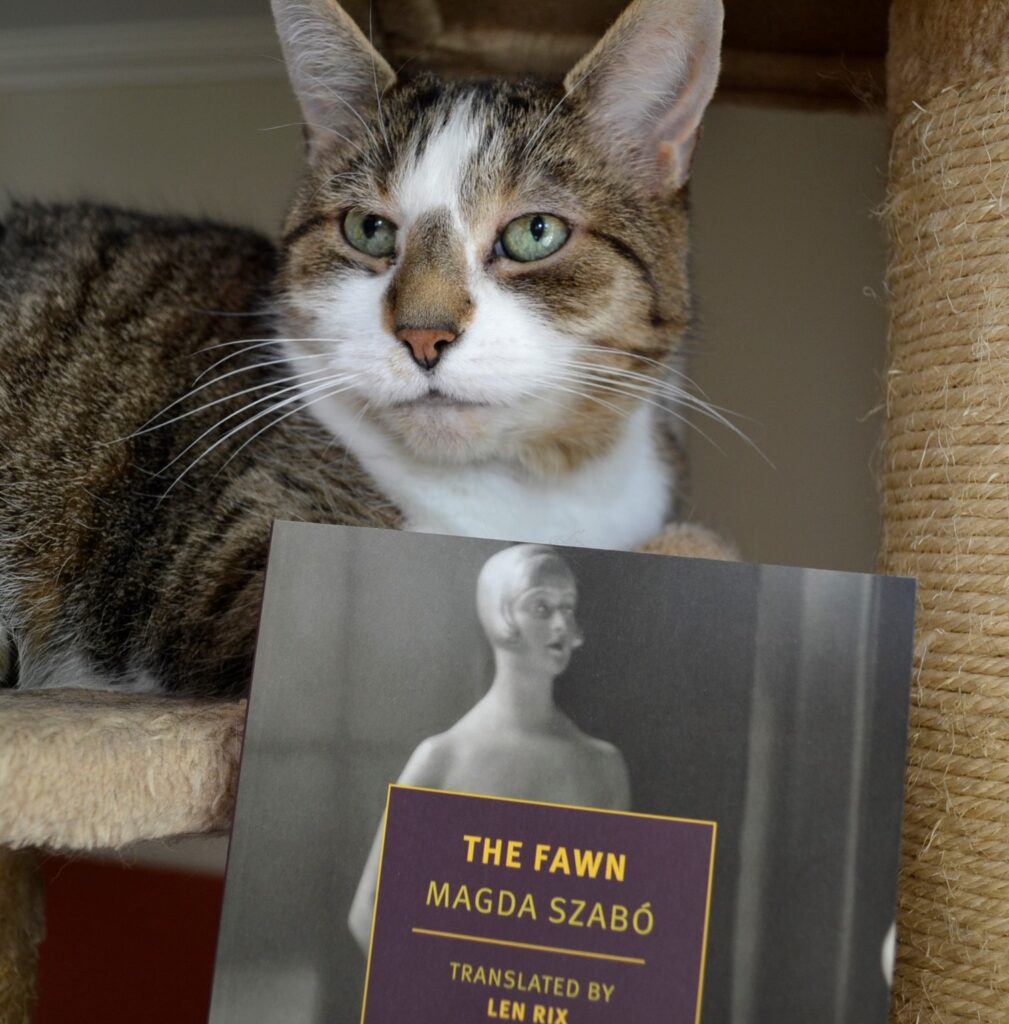
A Deceptively Simple Premise
On the surface, Magda Szabó’s The Fawn has a simple premise. Eszter Encsy is a woman who experienced the harshness of war and poverty in her childhood, but later finds success as an actress. She has always resented her classmate Angéla Graff, the child of a wealthy family who had everything. Encsy’s resentment of Graff continues into adulthood even through changes in circumstances and twists of fortune, and the novel constitutes her confession on just how much and how far her hatred has taken her.
Though I’ve been able to whittle down the basics of the plot in just a few sentences, The Fawn is a book that unfolds in intricate layers. Szabó uses the seeming simplicity of form to arrive at a rich and complex narrative that can focus the reader’s gaze exactly where she wants it to be: on Encsy’s hatred and what creates it.
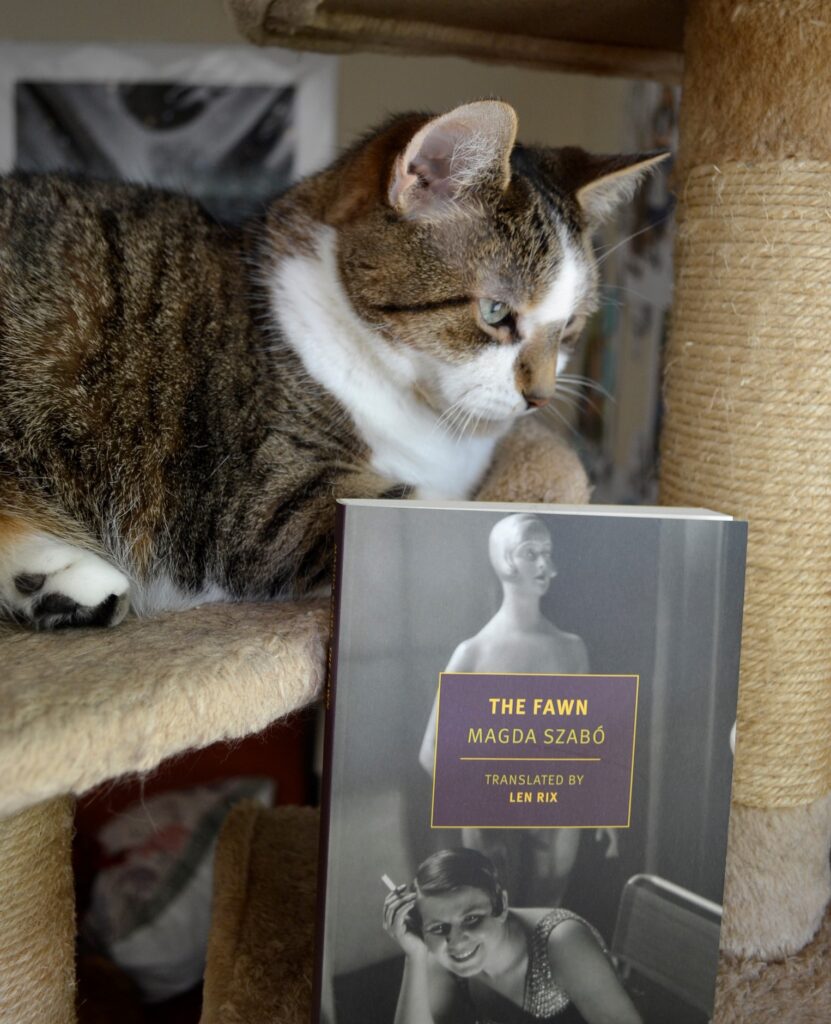
A Complex Hatred
Though Szabó invites the reader to first assume that Encsy’s hatred is based on jealousy, it is an assumption that she masterfully dissembles in the course of the work. Because it is not purely Graff’s money that Encsy covets. It’s her parents, her behaviour, her place in society, and the people around her who love and take care of her. Graff is not a bad child; she is a sheltered one. Encsy hates that she herself is not. That she was never given the luxury of being a child through firstly poverty and secondly the basic indifference of her parents to her existence.
Encsy’s hatred takes many forms. She is responsible for the death of Graff’s pet fawn and, later on, she begins an affair with Graff’s husband purely out of spite. She goes so far to destroy Graff that she destroys her own chance at any kind of human decency and any even shallow sense of false happiness. What Encsy truly hates about Graff is that Graff is a good person while Encsy is petty, selfish, and lacking any empathy. She is hard and cruel and knows it and what she truly cannot live with is herself rather than Graff’s existence.
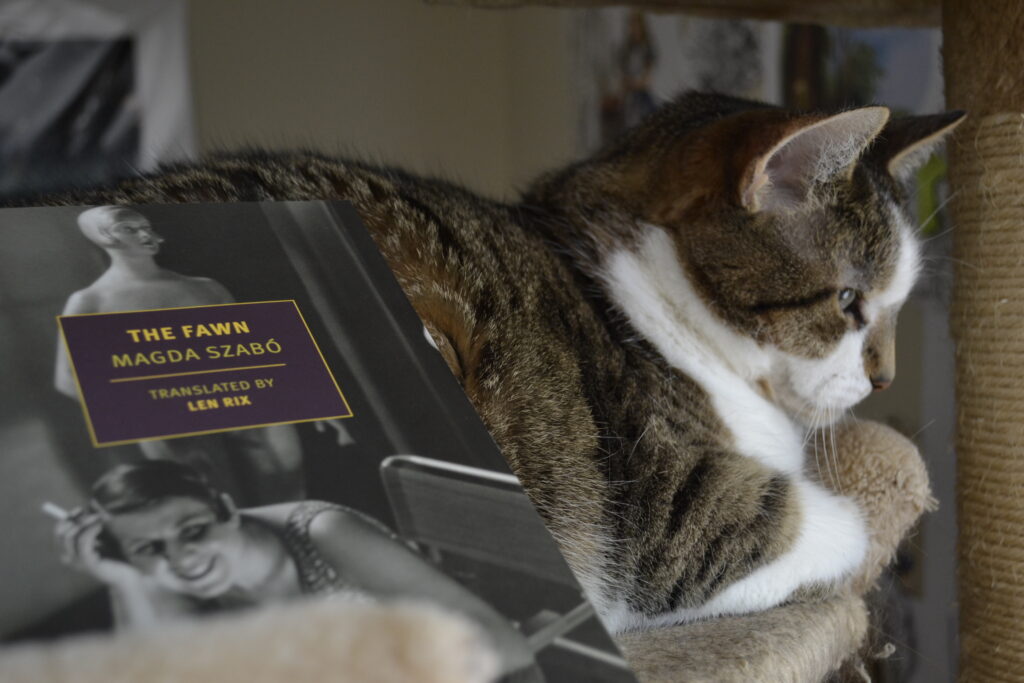
A Statement on Class Division
The feelings of hatred that lie at the novel’s foundation form a complex statement about class and the divisions between the classes. Encsy begins to hate Graff because of her position in a wealthier class, but it goes beyond financial advantages. It’s that the Graff family’s money cushions Angéla Graff from a lot of life’s blows. It spares her psychologically. It shelters her from a lot of daily ugliness and the million little daily drudgeries that come with having to earn one’s own bread or keep up one’s own house. It frees Graff from having to see the real harshness of life that those from the lower classes experience early and often.
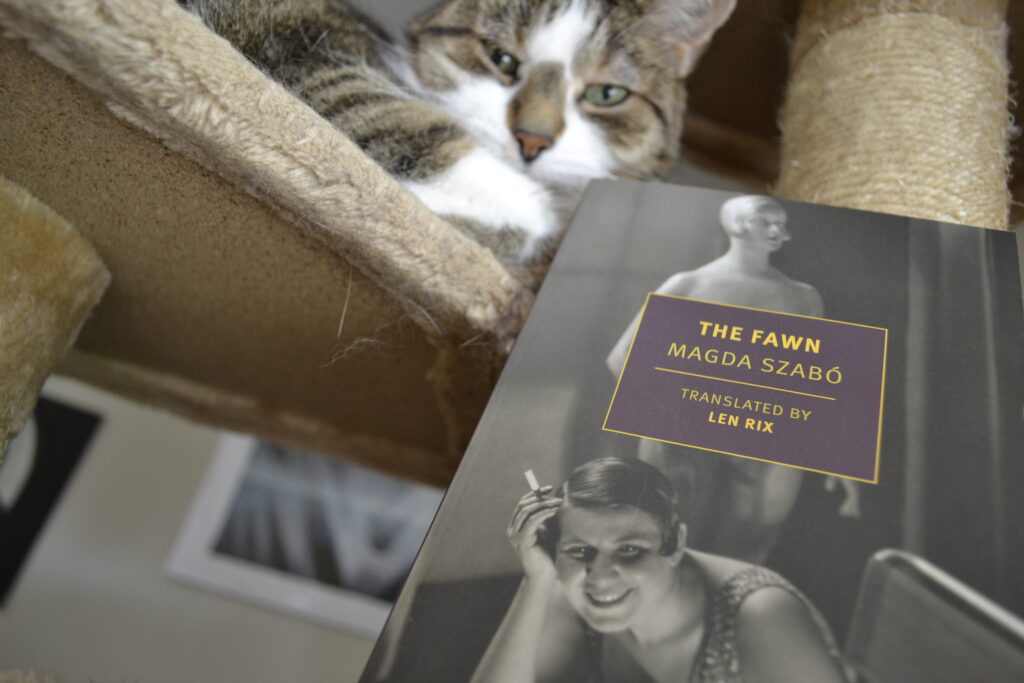
Encsy hates what Graff represents. The existence she could never even hope to have because her family doesn’t have money and could never earn enough to get. That she’s stuck so low on the social ladder for no other reason than the circumstances of her birth. The rage and hatred and futility are such powerfully monstrous and inescapable emotions that they ultimately destroy her, and it is far from easy to write that kind of progression and ending effectively. Szabó makes those feelings so utterly palpable for the reader that they radiate from the prose — all the way down to the words and phrasing Szabó chooses in each sentence.
I cannot recommend Szabó’s work enough. I have two more of her novels in my stacks that I cannot wait to get to.
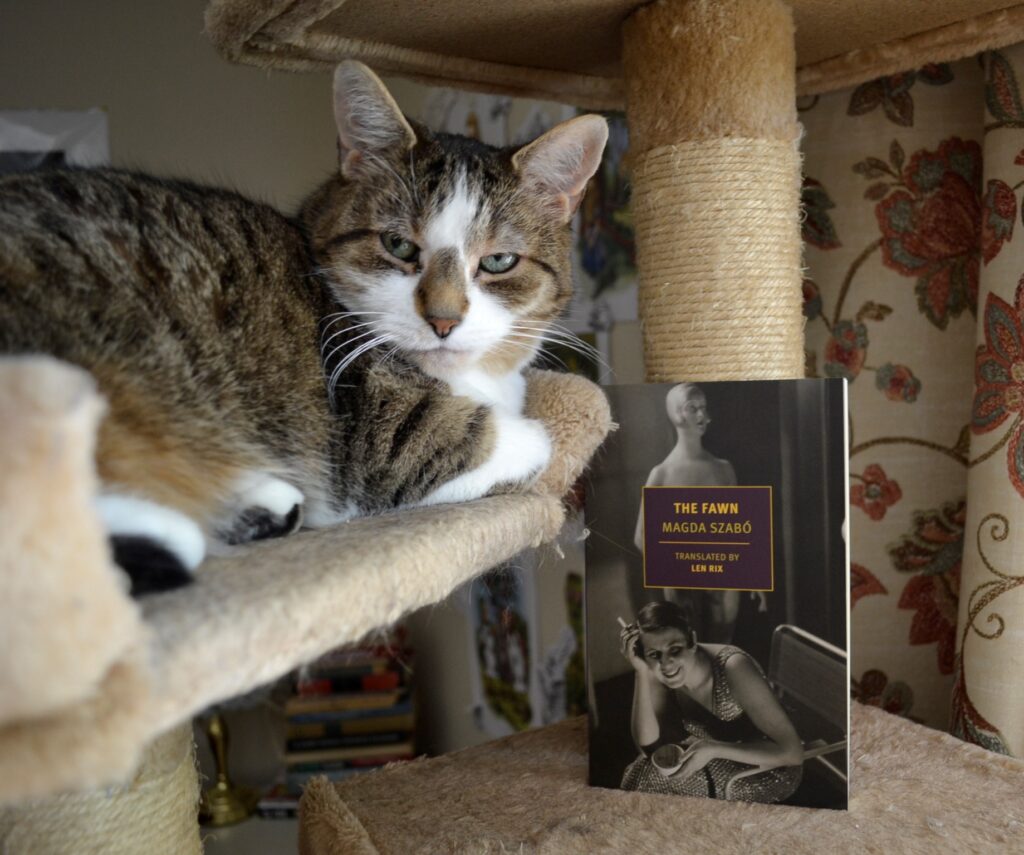
Door Time
It’s warm and sunshiny, and my lovely spouse has a lot of piled-up gardening tasks to do. So I often stay inside and open the door so that the cats can gather by the screen and watch the birds (mostly starlings) at the feeder. I read, and I listen to the sounds of the garden clippers, and I find a strong sense of peace. It’s one of the only times during the summer when I don’t feel overwhelmed by the demands of the front lawn and the backyard.
But then the neighbourhood lawnmowers all start up again and the peer pressure begins anew.
